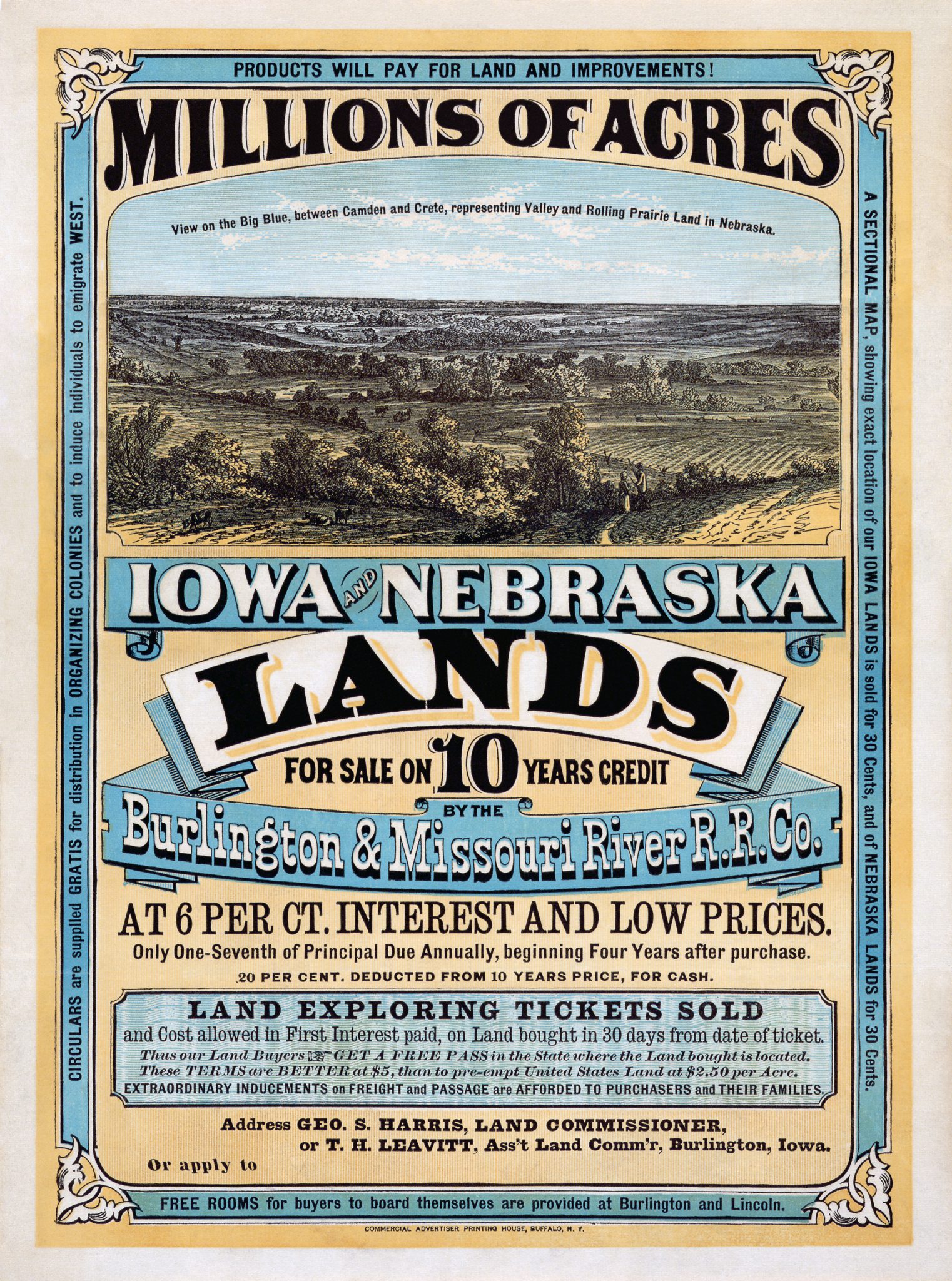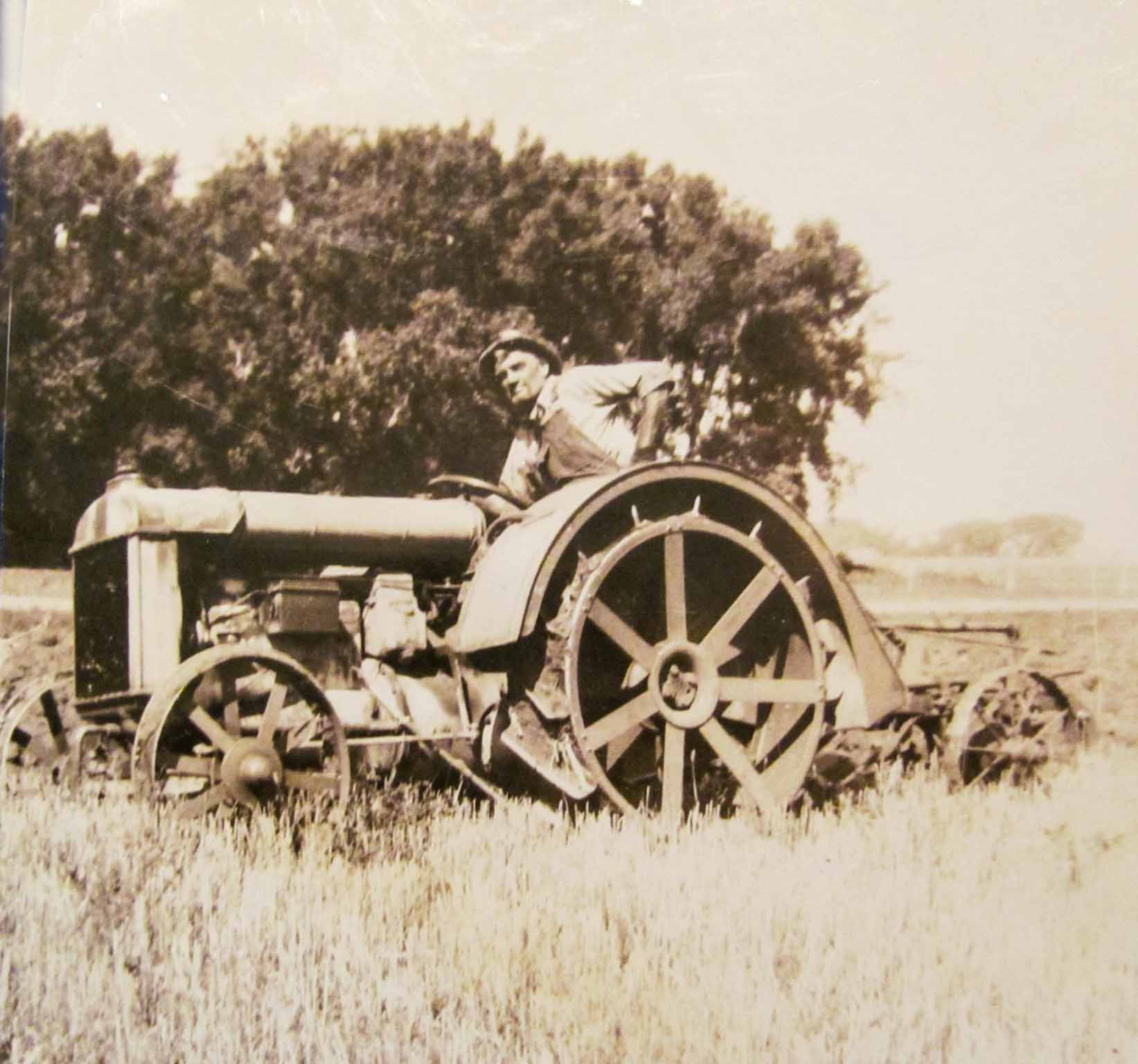In 1863, President Lincoln signed the Homestead Act, which promoted westward expansion. This act offered 160 acres of free land to settlers (mostly farmers) if they lived on and improved the land for five years. Beyond land, this gave farmers the right to make autonomous decisions for their agricultural operations without government interference. However, this ideal of self-determination also set the stage for later conflict with state government officials over testing mandates.
"An allusion has been made to the Homestead Law. I think it worthy of consideration, and that the wild lands of the country should be distributed so that every man should have the means and opportunity of benefiting his condition."
-President Lincoln, February 1861 (National Park Service)

